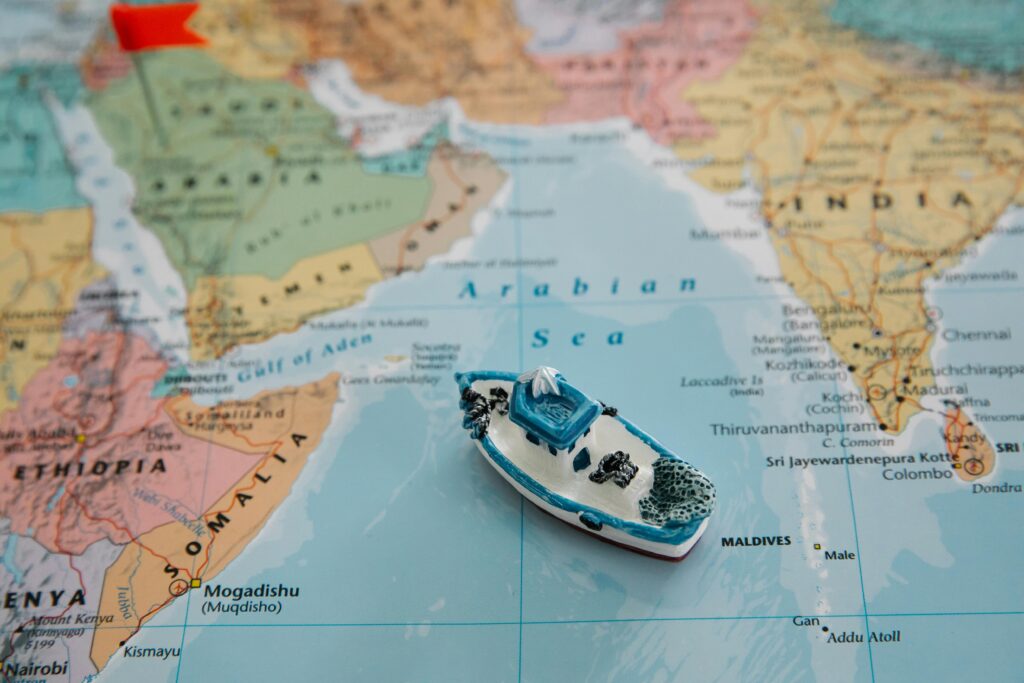A Historic Step Toward Economic Recovery
The United States has canceled $1.1 billion of Somalia’s debt, nearly a quarter of its total outstanding obligations. This historic move, announced in Mogadishu, is part of an international effort to support Somalia’s economic recovery.
Somalia’s debt, largely accumulated during the military rule of Siad Barre, has long hindered growth. President Hassan Sheikh Mohamud called the debt a “huge weight,” worsened by decades of instability and conflict.
On Tuesday, Finance Minister Bihi Egeh and U.S. Ambassador Richard Riley signed the agreement in Mogadishu. Egeh thanked the U.S. for its support, emphasizing the importance of economic reforms. Mohamed Shire, a senior planning official, hailed the agreement as a crucial step forward for Somalia’s recovery.
Debt Relief Under the HIPC Initiative
This debt cancellation falls under the Heavily Indebted Poor Countries (HIPC) Initiative, led by the IMF and World Bank. Somalia completed the HIPC program in December 2023, qualifying for $4.5 billion in debt forgiveness. This milestone allowed Somalia to re-engage with international financial institutions after years of isolation.
Ambassador Riley commended Somalia for implementing reforms and strengthening fiscal accountability. The U.S., once Somalia’s largest bilateral lender, held 20% of the nation’s debt in 2018.
International Support and Progress
The U.S. joins other creditors in supporting Somalia’s recovery. In March, the Paris Club canceled 99% of Somalia’s $2 billion debt. By the end of 2023, Somalia’s debt-to-GDP ratio had dropped from 64% in 2018 to under 6%, according to the World Bank.
In June, the OPEC Fund for International Development forgave $36 million in debt, assisted by a bridging loan from Saudi Arabia. These actions have freed up resources for Somalia’s national development plans.
Challenges Ahead Despite Optimism
While these achievements mark progress, challenges remain. Private creditors still see Somalia as a high-risk borrower due to political instability. However, Harry Verhoeven, an expert on the Horn of Africa’s economy, called the debt relief “meaningful.” He noted that it enables Somalia to access funding from multilateral development banks.
Somalia’s leaders remain optimistic. With its debt burden reduced, the country aims to attract new investments and drive development. These efforts are seen as a turning point for Somalia’s economic future.
Key Takeaways
- Debt Relief Milestone: The U.S. canceled $1.1 billion of Somalia’s debt as part of a $4.5 billion forgiveness initiative.
- International Support: The Paris Club and OPEC Fund also forgave significant portions, reducing Somalia’s debt-to-GDP ratio to under 6%.
- Economic Outlook: Debt forgiveness opens access to financing and resources for development despite ongoing political challenges.
- Optimism for Growth: Somali leaders view this progress as critical for building economic stability and attracting investments.
Join the Conversation
What are your thoughts on Somalia’s debt relief and its potential impact on the country’s future? Share your views in the comments below.


